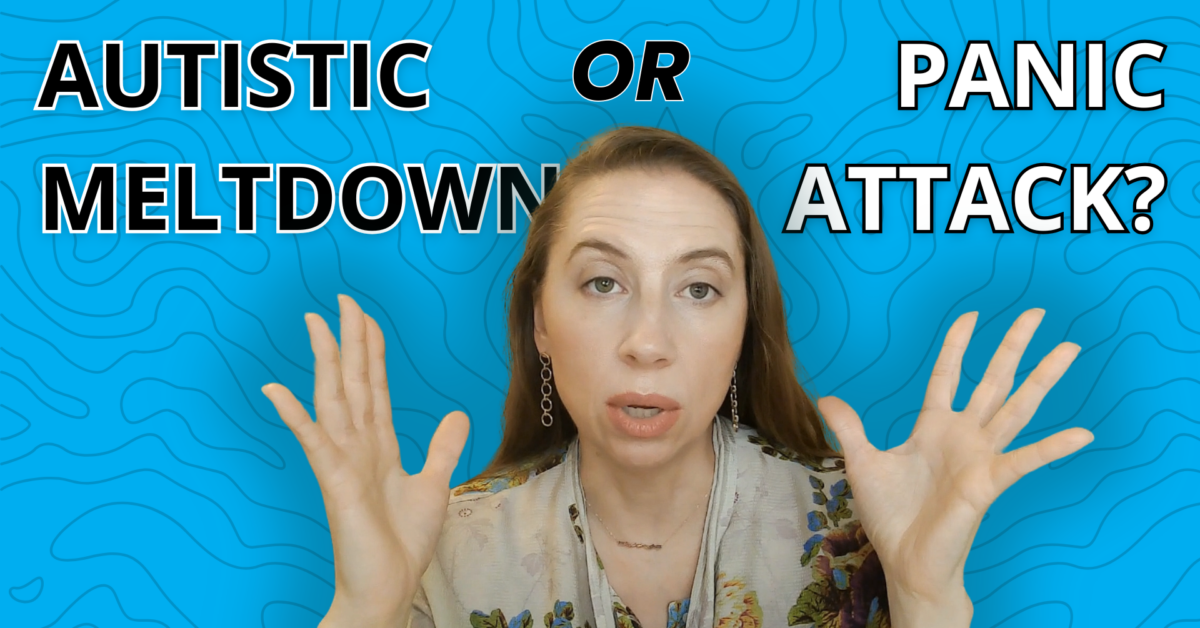Are hearing problems causing speech issues for your child with autism, even if they passed their hearing test?
So we’ll get into hearing and speech to answer this week’s Ask Dr. Lyon’s question. This post is for you if you’ve ever said to yourself, “I know my child can hear, but I also think he can’t hear certain things, even though he can hear.’’
Hearing & Speech Concerns
Loss or lesser functioning of the inner ear cause reduced ability to discriminate between two sounds or impaired auditory tuning. This is true even if a regular hearing test shows no hearing loss. So a child can pass a regular hearing test, they call it a Pure Tone hearing test, where you hear a beep and you raise your hand. Even if a child with autism passes their regular hearing test, they still can have hearing loss in their inner ear, which then causes hearing and speech problems. So let’s get into that a little bit more.
Hearing and Autism
Hearing can affect how a child comprehends things as well as how they speak.
- Some of the earliest signs of autism involve auditory processing.
- Recent research showed that certain hearing thresholds in children with autism were significantly related to receptive and expressive language measures.
I do want to caution you, hearing loss is not causative for autism. However, there can be comorbidities with autism that, if left unaddressed, will make healing from autism completely, a little bit more difficult. So it’s important to look at the whole child and look at everything that could be going on.
The Research
A hearing study was done in 2017 on 35 children with high functioning autism and 42 age-matched typically developing children. All children had clinically acceptable pure-tone thresholds (you hear a sound; you raise your hand)…they had no hearing loss.
This is also the reason why this research focused on high functioning autism because they wanted to be able to use a pure-tone test, the basic hearing test, and show that those with autism were able to communicate, they were able to say, they heard the sounds, they passed their hearing test. That’s the reason why they focused on high functioning autism.
Inner Ear Function Test
The inner ear was then tested. They have two different types of tests that they looked at. I’m not going to go into the details of all of this, but the best thing is, it doesn’t require any communication from the person. My goodness, this is an ideal test for basically any child, especially a child with autism.
- The inner ear function was tested with distortion-product otoacoustic emissions (DPOAEs) and transient-evoked otoacoustic measurements (TrOAEs).
- Measuring inner ear function is noninvasive, reliable, and does not require any communication from the person.
- In the inner ear, there are tiny hairs that change in length depending on sound waves. The change in length produces it’s own sound that can be measured.
- If the person does not hear the test sound, the hair length does not change, thus the test will show no “hair sounds” produced.
The Results
Let’s look at the results of this research. Now, remember, these children all passed their basic hearing tests.
- The researchers found that these high functioning children with autism had reduced inner ear hair cell function.
- The researchers also found a significant relationship between 1kHz DPOAE response and symptom severity in the autism group.
Conclusions
- The observed decrease in inner ear hearing can cause a reduced ability to discriminate between two sounds.
- Reduced inner ear hearing around 1kHz may also impair speech perception and comprehension in challenging environments.
- This region of hearing is also involved in much of vowel discrimination.
So if your child is struggling with understanding the different vowels, having a more thorough hearing test would be very prudent. If you ever felt your child can hear, but they can’t hear certain things, even though they can hear, more than likely, you’re right.



